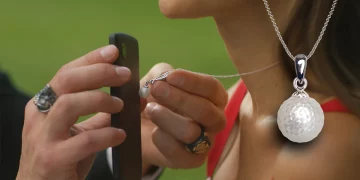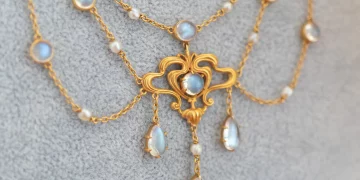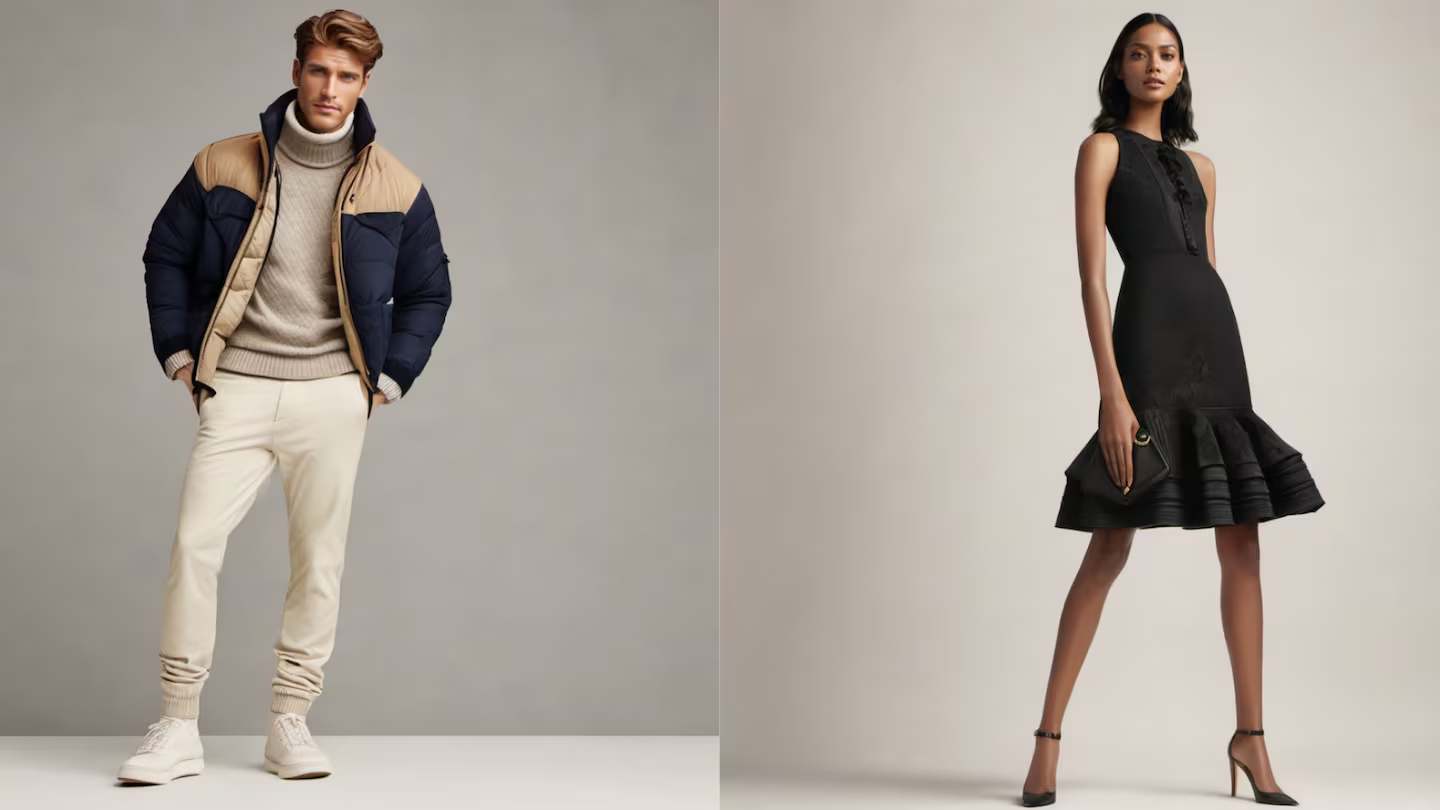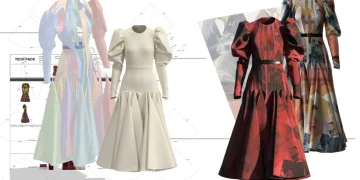The luxury jewelry industry, long synonymous with timeless elegance, exclusivity, and craftsmanship, stands on the cusp of transformative change. With the world becoming increasingly interconnected through technology, sustainability efforts gaining ground, and new consumer demands reshaping the market, 2025 promises to be a groundbreaking year for the industry. In this article, we’ll explore the anticipated breakthroughs set to reshape the landscape of luxury jewelry. From innovative designs to technological advancements and shifts in consumer behavior, this year is expected to mark a significant turning point in luxury jewelry.
1. The Rise of Lab-Grown Diamonds and Sustainable Alternatives
One of the most significant shifts in the luxury jewelry market is the increasing embrace of lab-grown diamonds. In recent years, the stigma once attached to synthetic diamonds has all but disappeared. With rising consumer demand for sustainable, ethical, and eco-conscious products, many luxury jewelers are taking bold steps to incorporate these gems into their collections.
1.1 Lab-Grown Diamonds: The New Luxury Standard?
Leading the charge are brands like De Beers, which has unveiled its Lightbox Jewelry line — a collection that offers high-quality lab-grown diamonds at a fraction of the cost of mined stones. More established brands are joining the trend, signaling a massive shift toward sustainability and affordability in the luxury sector. For example, Cartier and Tiffany & Co. have begun integrating lab-grown diamonds into their collections, with a focus on transparent sourcing and traceability.
What’s driving this change? A combination of environmental concerns, the growing awareness of the ethics surrounding mined diamonds, and the affordability of lab-grown alternatives. As consumers become more environmentally conscious, many are opting for diamonds that don’t contribute to environmental degradation. For instance, lab-grown diamonds consume up to 80% less energy than traditional mined diamonds, making them more appealing to today’s eco-aware buyers.
1.2 Eco-Friendly Jewelry Materials and Practices
Beyond diamonds, there is a surge in demand for other sustainable materials. Recycled gold and ethical gemstones are becoming key components in many jewelry collections. In 2025, we can expect more high-end brands to adopt these practices. Bulgari, for example, has already made strides in incorporating recycled gold into its designs, while Chopard and Van Cleef & Arpels are following suit with ethically sourced gemstones.
The impact of this shift is profound. Luxury jewelry, once associated with luxury and excess, is evolving into an industry that aligns itself with the global push for sustainability. Brands that successfully combine luxury with responsible sourcing will likely set the standard for the future.
2. Technology Integration: From AI to 3D Printing
The application of cutting-edge technology is playing an increasingly prominent role in the design and manufacturing of luxury jewelry. In 2025, we expect to see significant breakthroughs in both the design process and production methods.
2.1 Artificial Intelligence and Machine Learning in Design
AI is making its way into the creative process, allowing designers to craft more complex and intricate pieces than ever before. Brands like Bulgari are experimenting with AI to create algorithm-based designs that push the boundaries of traditional jewelry-making. These algorithms can analyze vast amounts of data, including consumer preferences, historical designs, and emerging trends, to produce highly tailored designs.
While AI has traditionally been used in sectors like fashion or even architecture, its use in jewelry design is relatively new but incredibly promising. It allows designers to experiment with forms and concepts that would otherwise be difficult or impossible to achieve through traditional methods.
2.2 3D Printing: The Future of Jewelry Manufacturing
3D printing technology is rapidly transforming how luxury jewelry is made. By enabling rapid prototyping and intricate designs that would be labor-intensive to produce manually, this technology is setting the stage for an entirely new era of custom-made jewelry. In 2025, brands will increasingly rely on 3D printing to create personalized designs at scale, offering consumers the opportunity to have jewelry made to their exact specifications.
What makes 3D printing so groundbreaking is its ability to create highly detailed and intricate designs with minimal waste, making it a sustainable option for jewelers. It also allows for more precise control over the final product, ensuring that each piece is perfectly tailored to the consumer’s vision.
3. Smart Jewelry: The Intersection of Luxury and Technology
Smart jewelry is no longer a novelty but a rapidly expanding category in the luxury market. High-tech accessories that combine fashion and functionality are becoming increasingly desirable, particularly among tech-savvy and fashion-forward consumers.
3.1 The Growth of Wearable Tech in Jewelry
Brands like Bulgari and Tiffany & Co. are introducing smart jewelry collections that seamlessly integrate technology with luxury. These wearable devices, such as the Tiffany T1 smart bracelet, allow users to stay connected while wearing high-end pieces. The integration of health-tracking and fitness features in luxury jewelry is also gaining momentum.
These smart pieces offer benefits beyond mere connectivity. For example, smart rings and bracelets can track vital health metrics, monitor sleep patterns, and provide notifications, all while maintaining a stylish and sophisticated appearance. As wearable technology becomes more ingrained in daily life, we expect luxury jewelry to play an increasingly important role in personalizing the user experience.
3.2 Augmented Reality and Virtual Jewelry Try-Ons
Augmented reality (AR) is set to revolutionize the way consumers interact with luxury jewelry. Major brands are already using AR in their online shopping experiences to allow customers to virtually try on pieces before making a purchase. Cartier, for example, has launched an AR feature on its website that enables customers to see how specific pieces look on them in real-time, creating an immersive shopping experience.
This trend will only continue to grow in 2025, as AR technology advances and luxury brands look for ways to integrate digital experiences into their offerings. Whether through virtual consultations or personalized AR fittings, the line between physical and digital luxury will continue to blur.
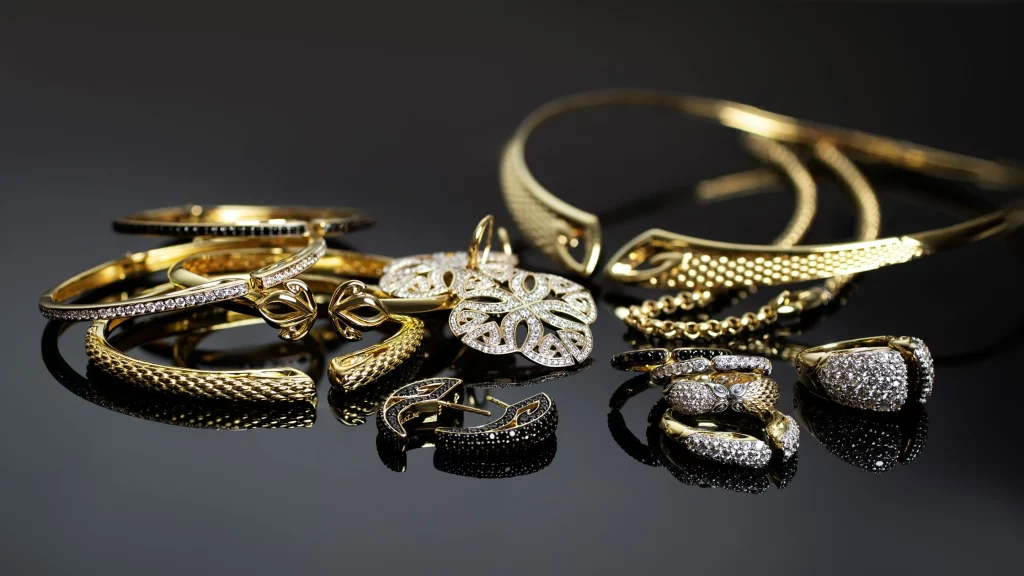
4. Customization and Bespoke Jewelry: Tailoring Luxury to the Individual
Today’s luxury consumers are looking for pieces that reflect their individuality, and many are turning to customized and bespoke jewelry. The demand for personalized designs is higher than ever, and 2025 will see even more options for creating truly one-of-a-kind pieces.
4.1 The Appeal of Personalized Jewelry
Brands like Tiffany & Co. and Harry Winston are offering consumers the opportunity to design their own jewelry, allowing them to choose everything from gemstones to metal types and engravings. This move toward customization goes hand-in-hand with the broader trend of personalization in luxury goods.
For many consumers, the allure of bespoke jewelry lies in the ability to craft a meaningful and unique piece that is tied to personal memories or milestones. This trend is particularly popular among younger, affluent buyers who seek authenticity and emotional connection with their purchases.
4.2 Technology Enabling Customization at Scale
While bespoke jewelry has traditionally been a high-cost, high-time commitment process, technology is changing that. 3D printing and CAD (Computer-Aided Design) software are allowing for quicker and more affordable customization without compromising on the intricacy of the design. Luxury brands are using these tools to offer bespoke options in a more accessible way, without sacrificing quality or craftsmanship.
5. The Influence of Emerging Markets and New Consumer Demographics
As the global luxury jewelry market expands, new demographics are entering the consumer pool. While Europe and North America have traditionally been the largest markets, Asia and the Middle East are seeing rapid growth in luxury consumption. China, in particular, has emerged as a major market for high-end jewelry, with increasing numbers of wealthy consumers seeking rare and exclusive pieces.
5.1 Millennial and Gen Z Consumers Driving Demand
Younger generations are also playing an increasingly prominent role in shaping the future of luxury jewelry. Millennials and Gen Z are reshaping how luxury is perceived, with an emphasis on individuality, sustainability, and technology. These younger consumers are far more likely to value brands that offer transparency, customization, and eco-conscious practices.
In 2025, luxury jewelers will increasingly tailor their collections to the tastes and values of these younger buyers. Jewelry collections will be designed with an emphasis on sustainability, and the use of digital channels will become even more critical for engaging younger, digitally native consumers.
Conclusion: A Year of Transformation and Innovation
The luxury jewelry industry is poised for groundbreaking releases in 2025, with advancements in technology, sustainability, and customization driving the next wave of innovation. From lab-grown diamonds to smart jewelry and personalized design options, the sector is evolving rapidly in response to shifting consumer demands and global trends.
As we look ahead, it’s clear that 2025 will be a year where tradition and innovation converge. Brands that embrace sustainability, integrate advanced technology, and prioritize customer-centric designs will set themselves apart in an increasingly competitive market. The future of luxury jewelry is bright, and the breakthrough releases we are about to witness will redefine what it means to wear true luxury.




